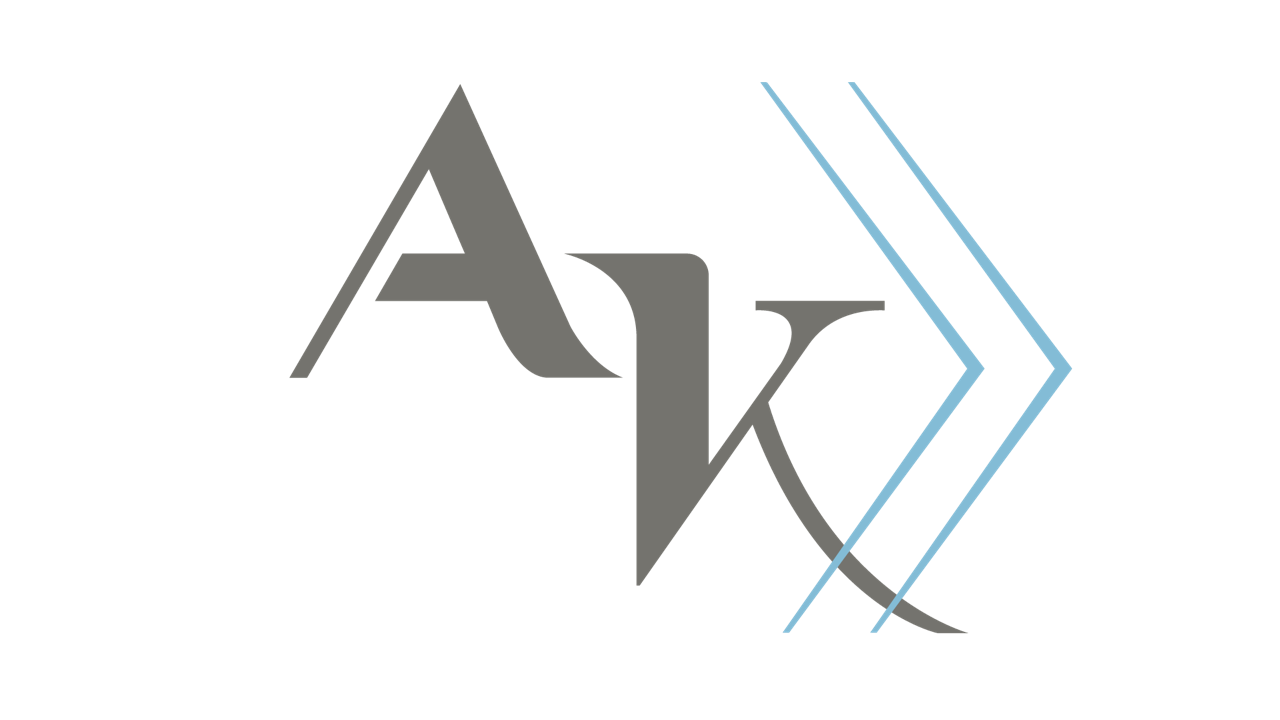What is the role of balance in rehab and training?
When most people think of "balance" or going to physical therapy to address balance, the image that pops into their mind is their elderly parent or grandparent walking with a cane or walker, with a gait belt around their waist and a PT holding on "just in case". Although balance training is absolutely crucial for safety and independence in older individuals, balance training is also equally beneficial for athletes and active individuals of all ages.
Balance deficits do not just occur due to weakness of muscles in the core or legs, but can also be caused by weakness or imbalances in other systems that help us stay upright and balanced. In this post, we'll explore what systems are involved in balancing. In next weeks blog post, we'll talk about ways to train those systems and improve your balance to maximize benefits in rehab and performance in any activity.
System 1: Somatosensory
The somatosensory system provides us with information about the external environment through touch. This includes temperature, the type of surface, pain, and other information about a surface or item touching us. It also provides information through proprioception. Proprioception is how we know where our joints and limbs are in space without having to look at them. There is an amazing network of sensory nerves throughout the body (skin, joints, muscles, etc) that provide proprioceptive feedback to our brains. We could go down a very long journey discussing the different nerves and neural pathways involved in the somatosensory system, but for the purpose of this post, let's just say this is the system that allows us to feel the type of surface we are interacting with and where our joints are when we are upright and balancing.
System 2: Visual
The visual system also plays an important role in balance. It allows us to see where we are, where our feet and other joints are (confirming the somatosensory feedback), and what is happening around us. We get constant feedback scanning our environment throughout the day with our eyes. If you don't understand how vision plays a role in balance, stand on one leg and close your eyes.
System 3: Vestibular
Similar to the somatosensory system, we could go into a very in-depth discussion of the anatomy of the vestibular system. But for this post, let's focus on its role in balance. The vestibular system is located in your inner ear and gives feedback about where your head is in space without having to use your visual system to provide feedback. A weak vestibular system struggles to maintain homeostasis and stability when the body is moving. Do you ever feel car sick or sea sick? That is due to weakness in the vestibular system. (The vestibular system is also the system involved in Vertigo - again, a discussion for another post!).
As you can imagine, all 3 of these systems work closely together to allow us to balance. But they don't just kick in when we are doing a "balance task" such as balancing on one leg or a gymnast on the balance beam. These systems are constantly at work, providing feedback about where each part of our body is and working to find the right reactions to maintain an upright position. Whether we are participating in a sport, Olympic lifting, running, or any other physical activity, these systems are hard at work. If one of these systems is weak, our brain and body have to put additional energy toward addressing that weakness. This is also true when it comes to pain and muscle guarding. Many patients will complain of the same area constantly feeling "tight", but the range of motion is normal. There is no significant muscular imbalance to explain the tightness (or maybe there is, but addressing it doesn't fully resolve their pain). There could be a deficit in one of these other balance systems that is causing the muscle guarding or sending pain signals to the brain as a response. Therefore, we can't just focus on the physical (ie: strengthening muscles) in our training. We must find ways to incorporate these balance system to build resiliency. Yes, we work many of these systems in training without even realizing it. However, if we are intentional with adding additional (and more challenging) somatosensory, visual, or vestibular tasks, we can strengthen these systems to maximize results in both rehab and training.
Stay tuned next week for our next blog post, where we will give examples of ways to challenge these systems!
Have you been dealing with pain for weeks, months, or even years? Have you been hoping it would eventually resolve, but it hasn't? Have you tried traditional physical therapy, medications, or other treatments without improvement? Contact us to learn more about how we can help you address pain and get back to the activities you love!
Blog post written by Dr. Alexis Hutchison, PT, DPT, OCS
